Ben Davis, the award winning UK photographer who previously graced us with 12 Jaw-Dropping Photos of China has returned for round two, providing TravelFreak with 12 more awesome photos of Beijing.
Ben is a freelance photojournalist, operating with a keen eye and a thirst for travel!
To see more of Ben’s five month-backpacking trip around Asia, check out his blog or follow him on Twitter @bendavisphoto.
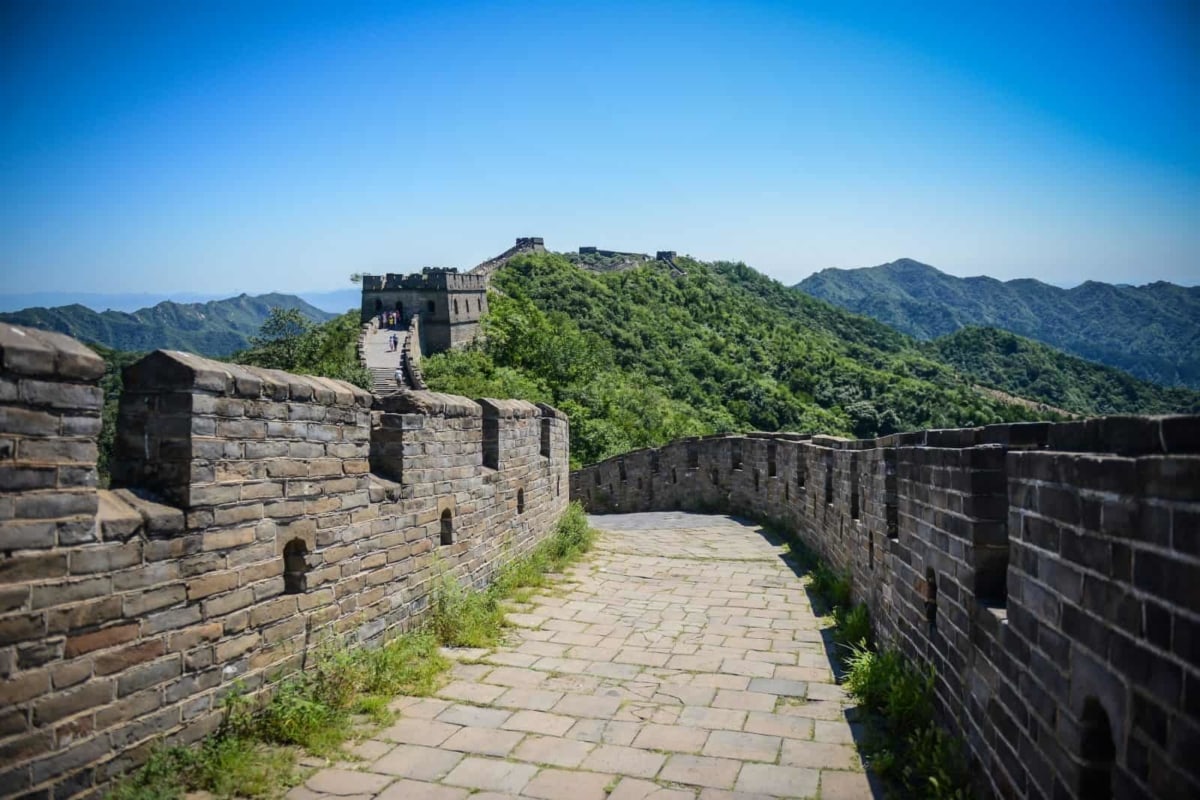

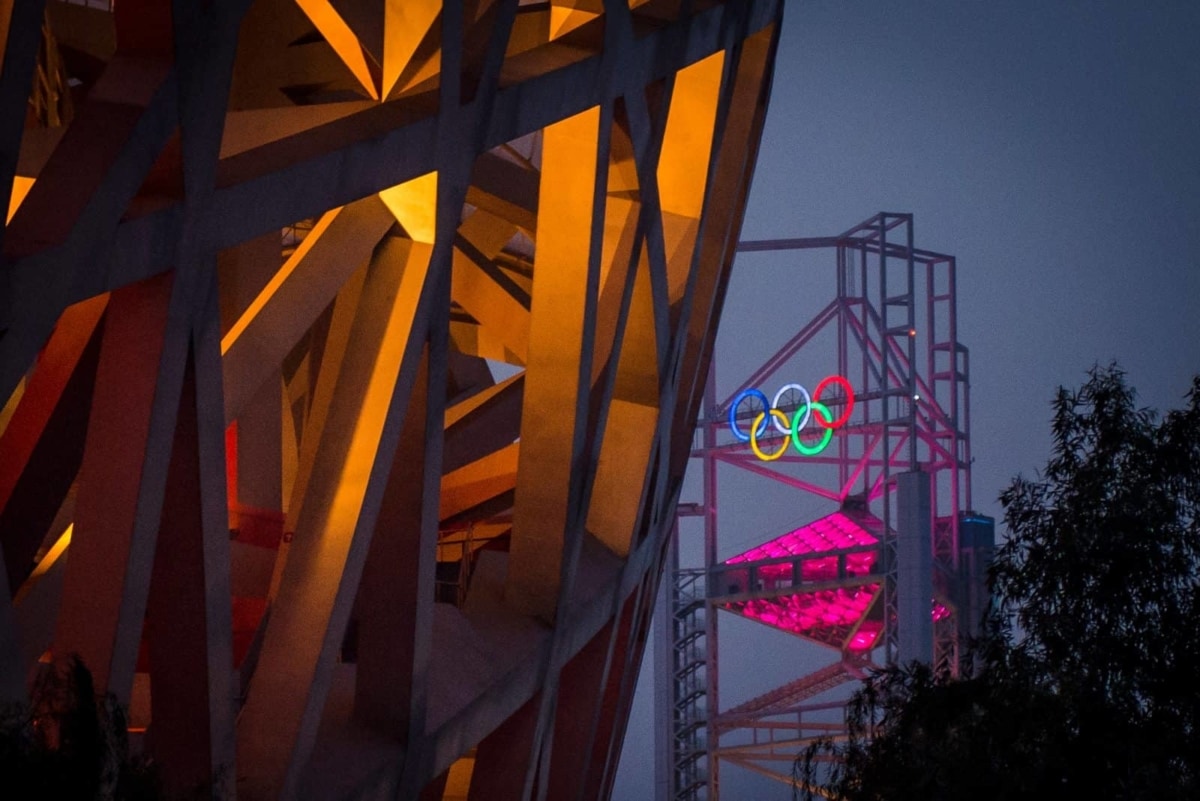
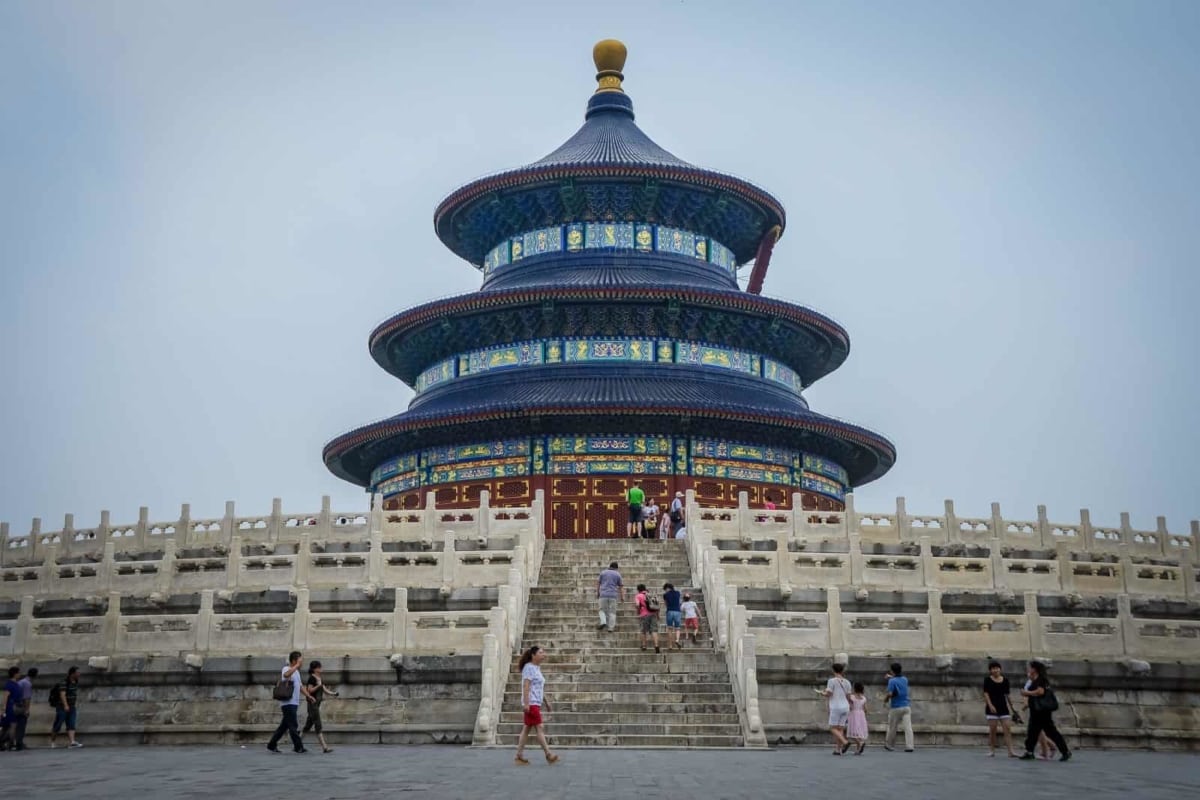
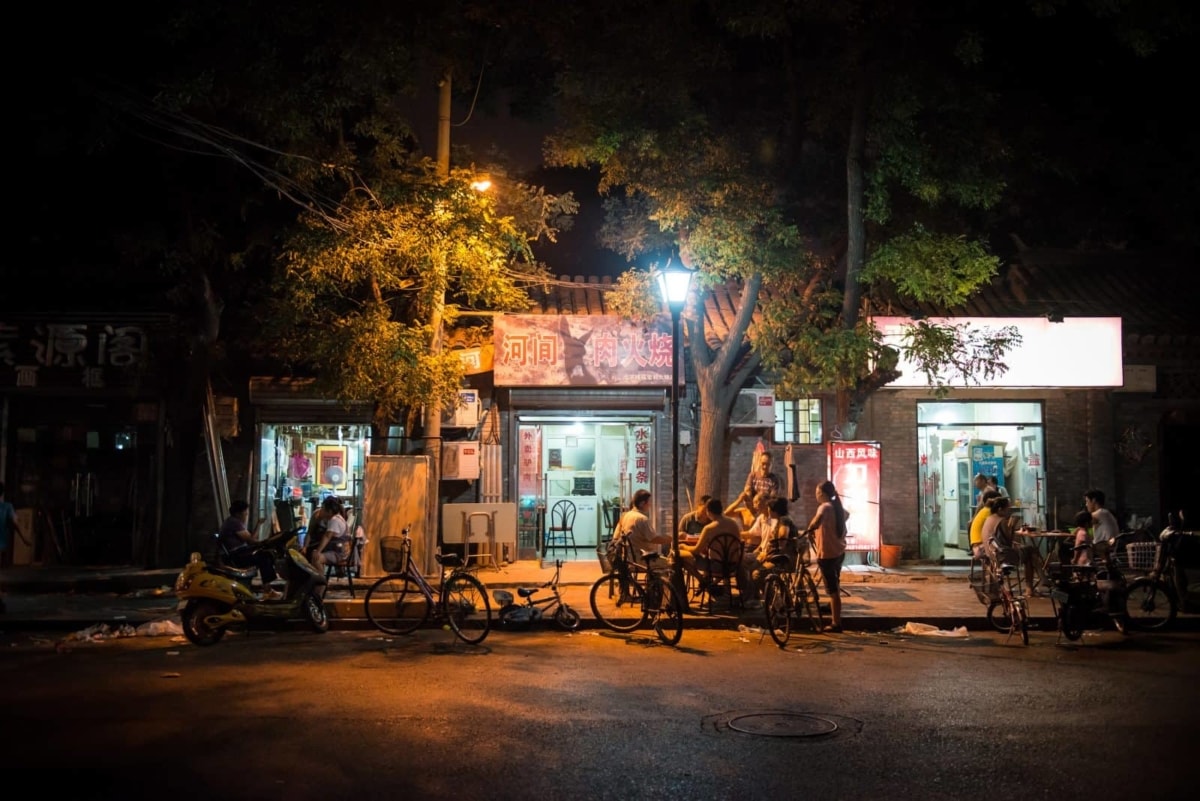
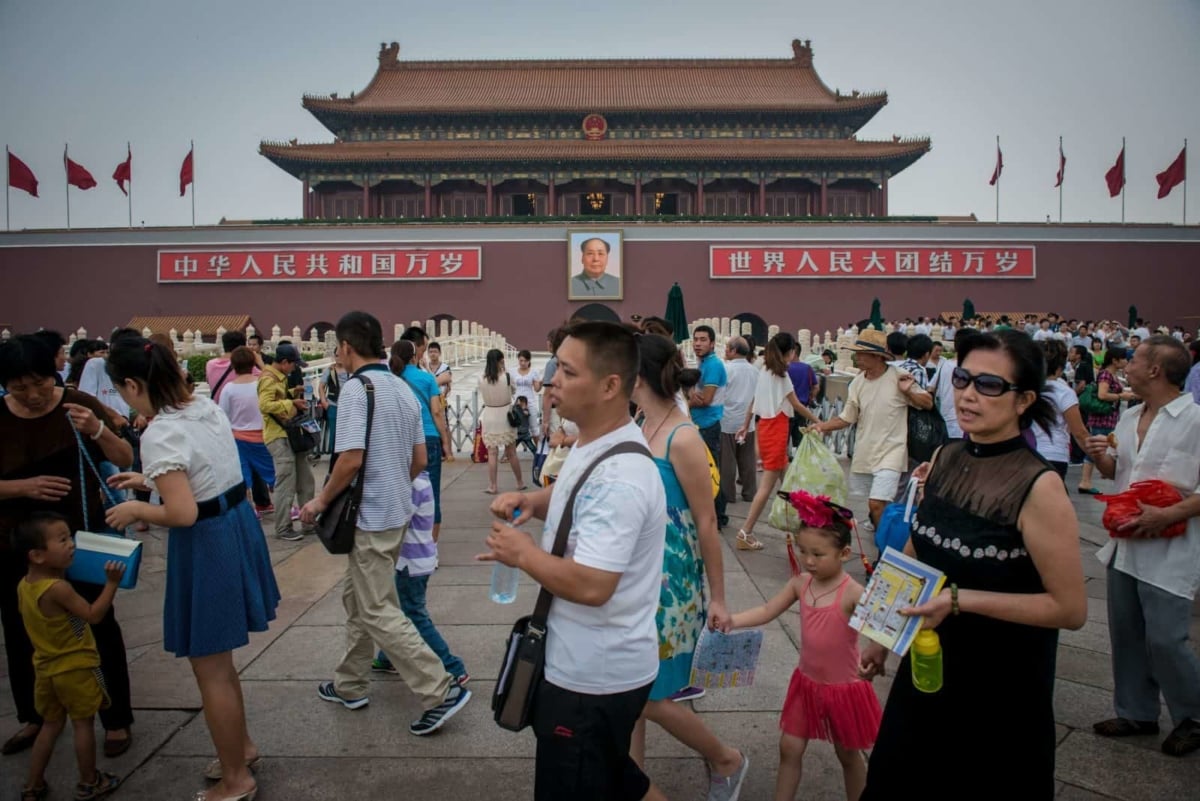
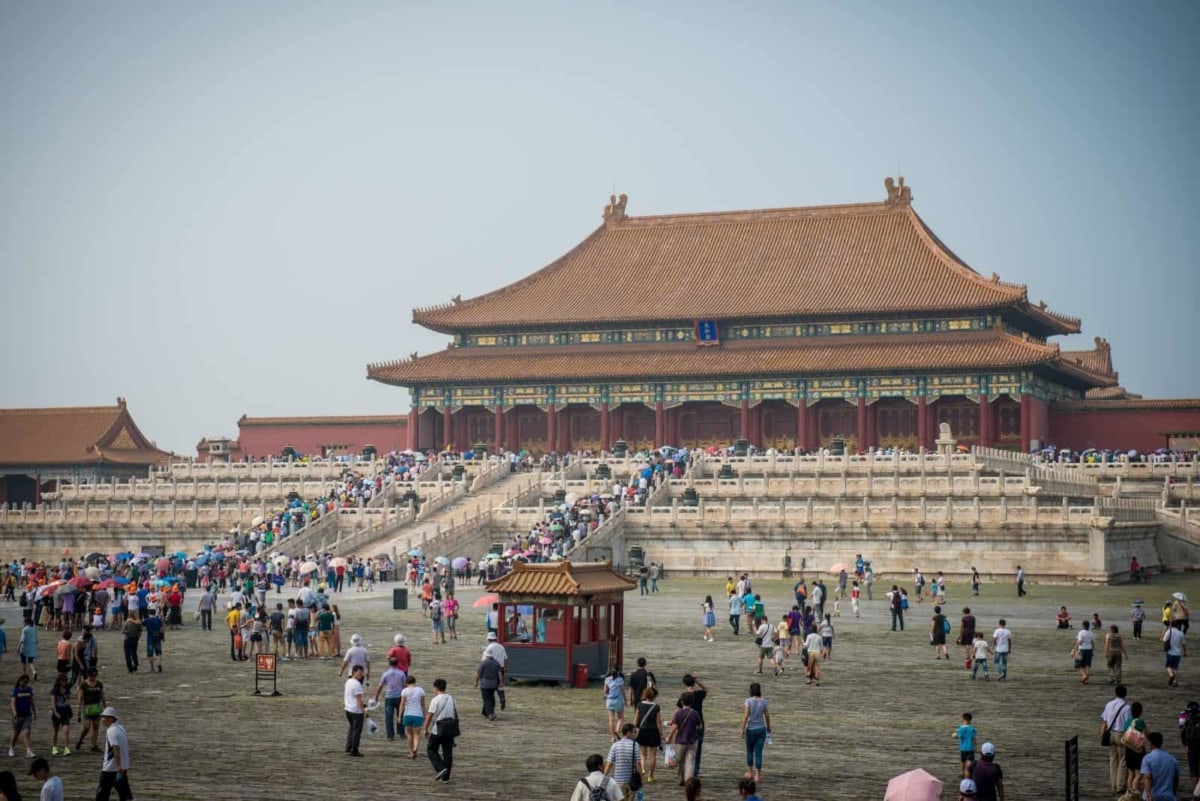
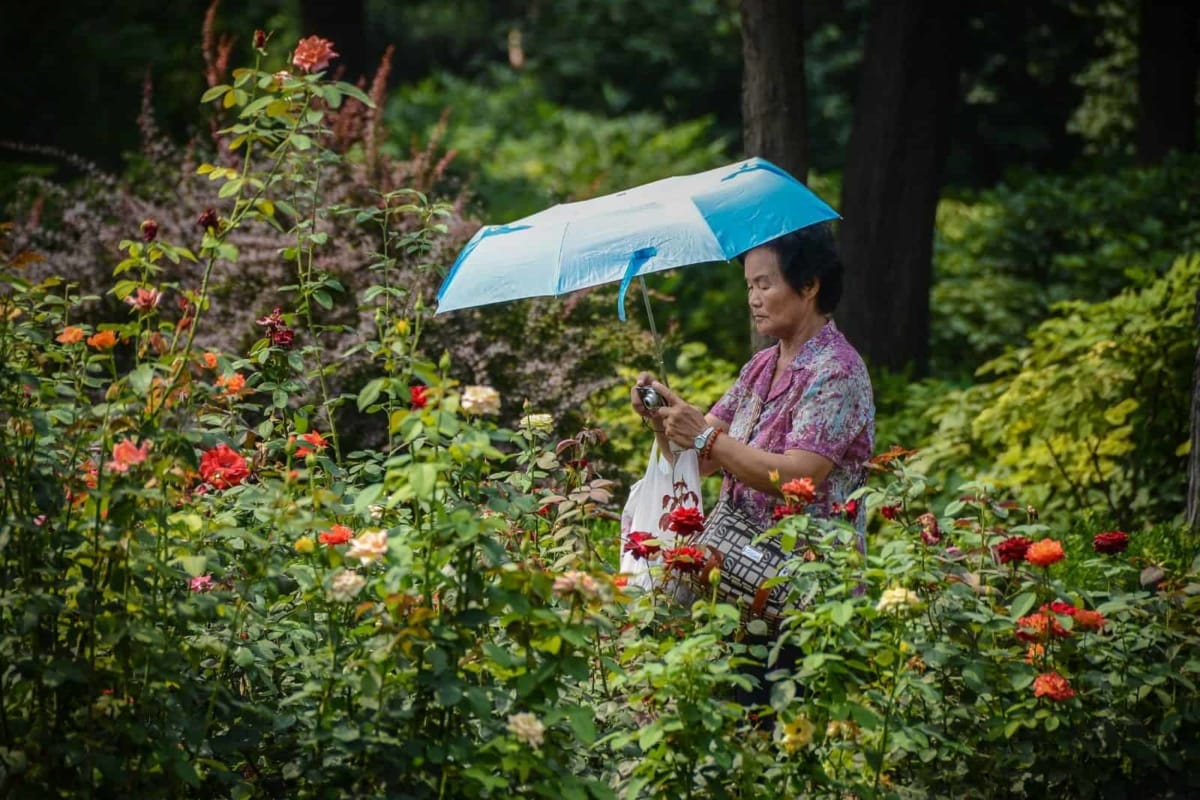
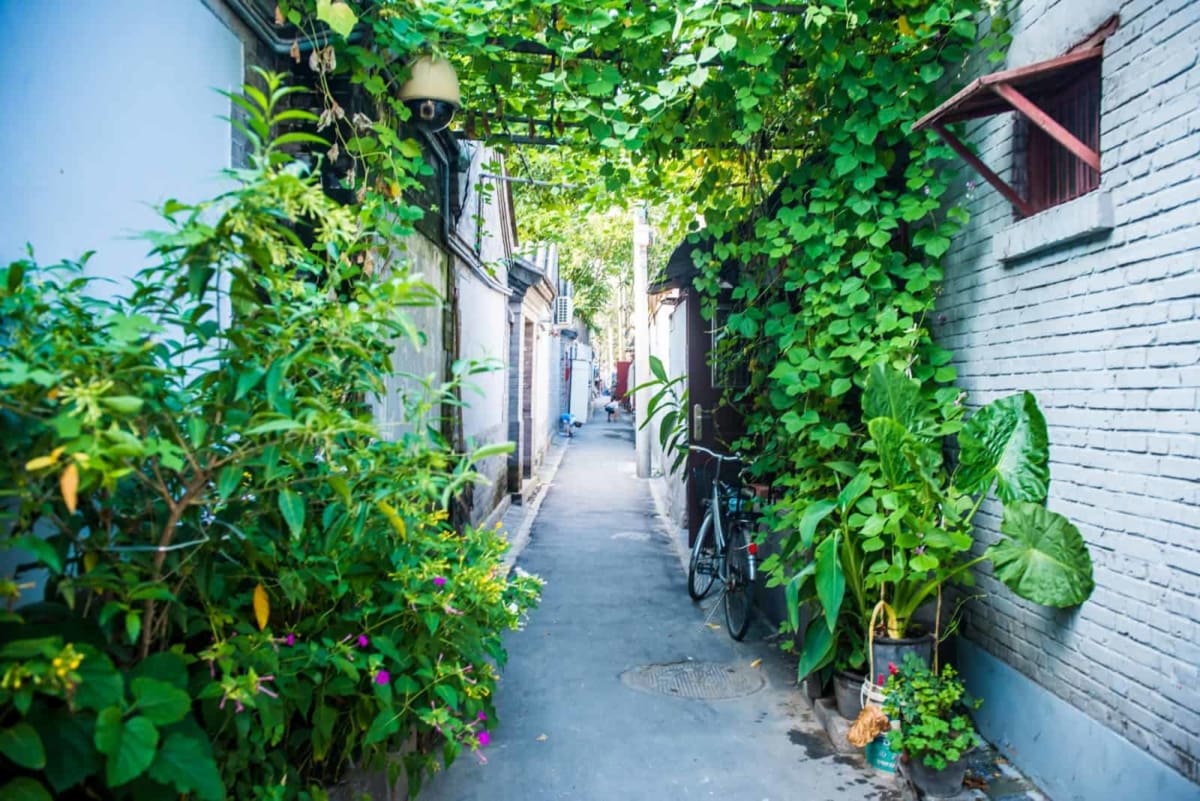
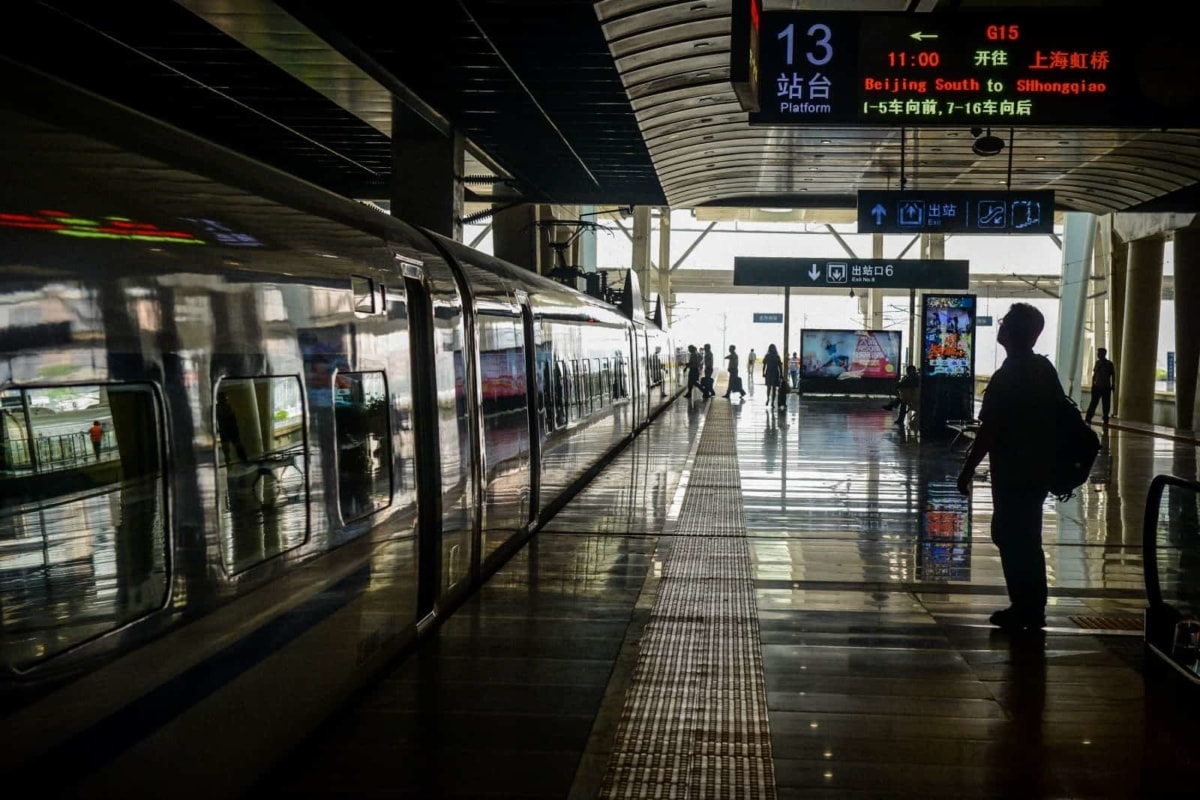
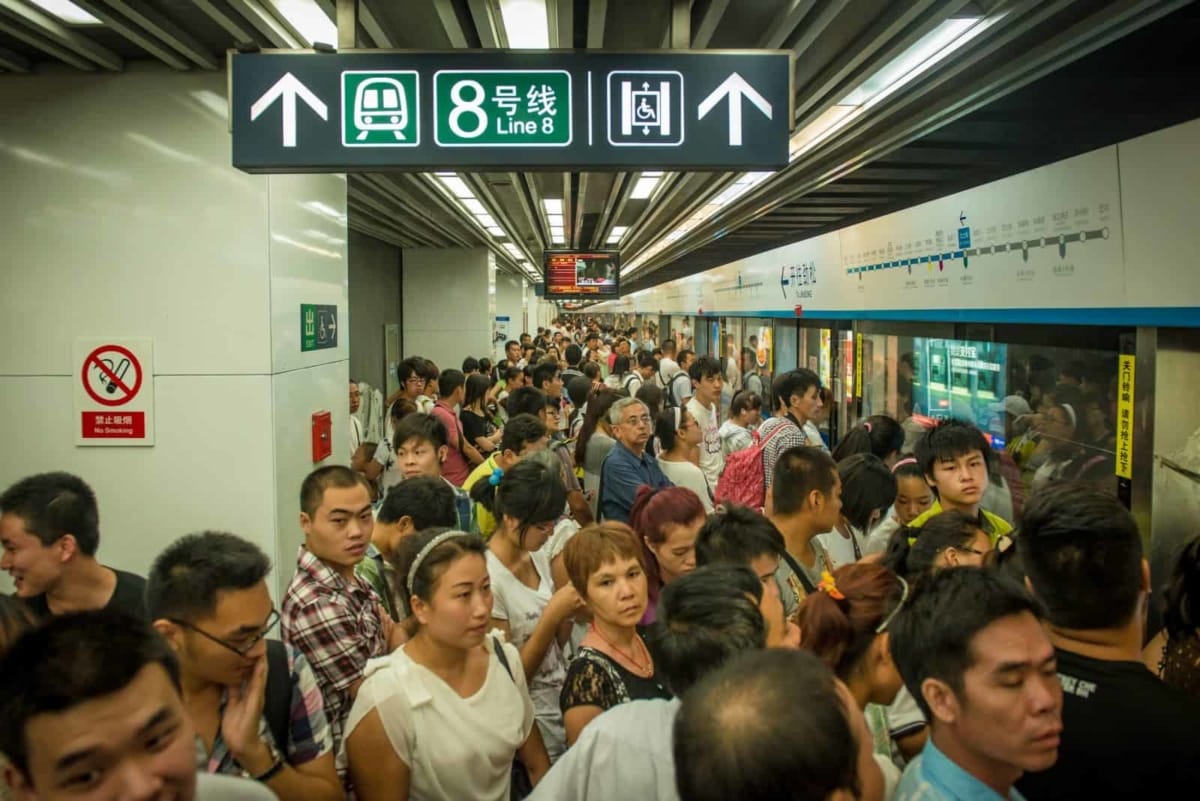
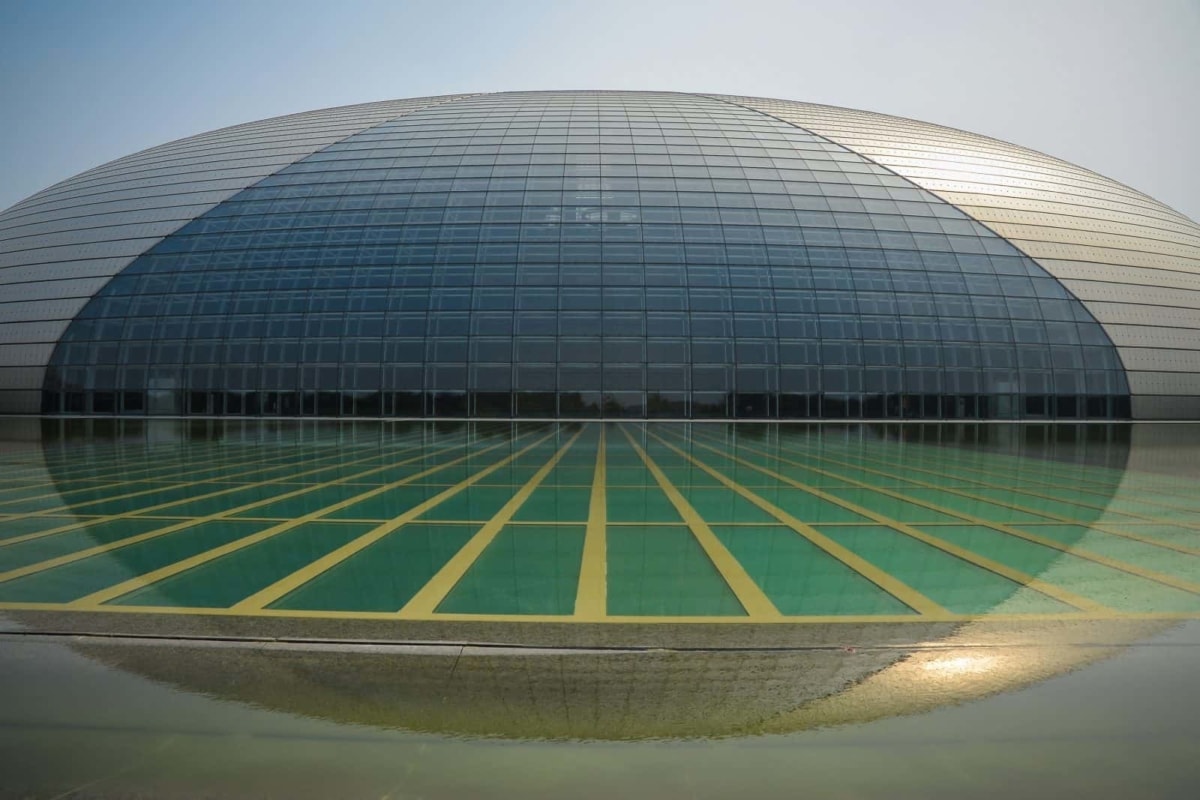
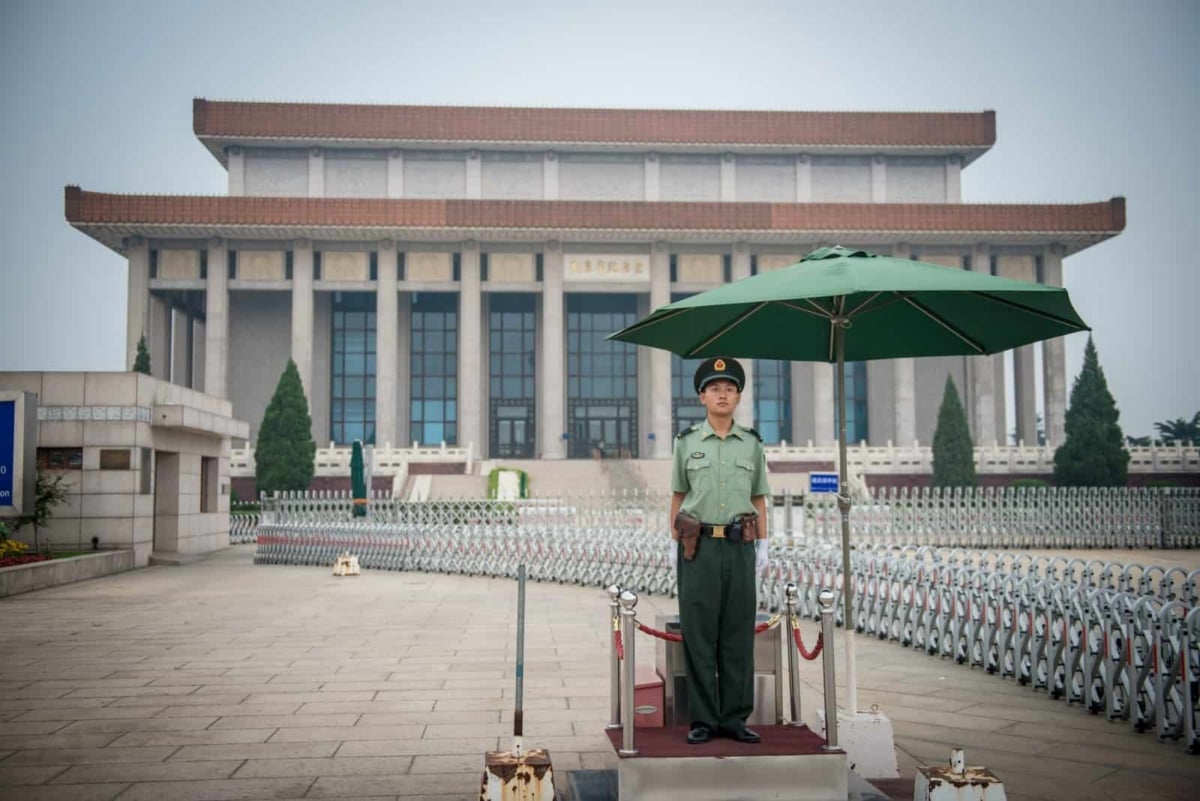
These are great. We’re living outside of Beijing right now!
Fantastic! I hope you’re enjoying it, and perhaps our paths will cross in the future!
Beijing is on my travel list… now even more than ever… great post.